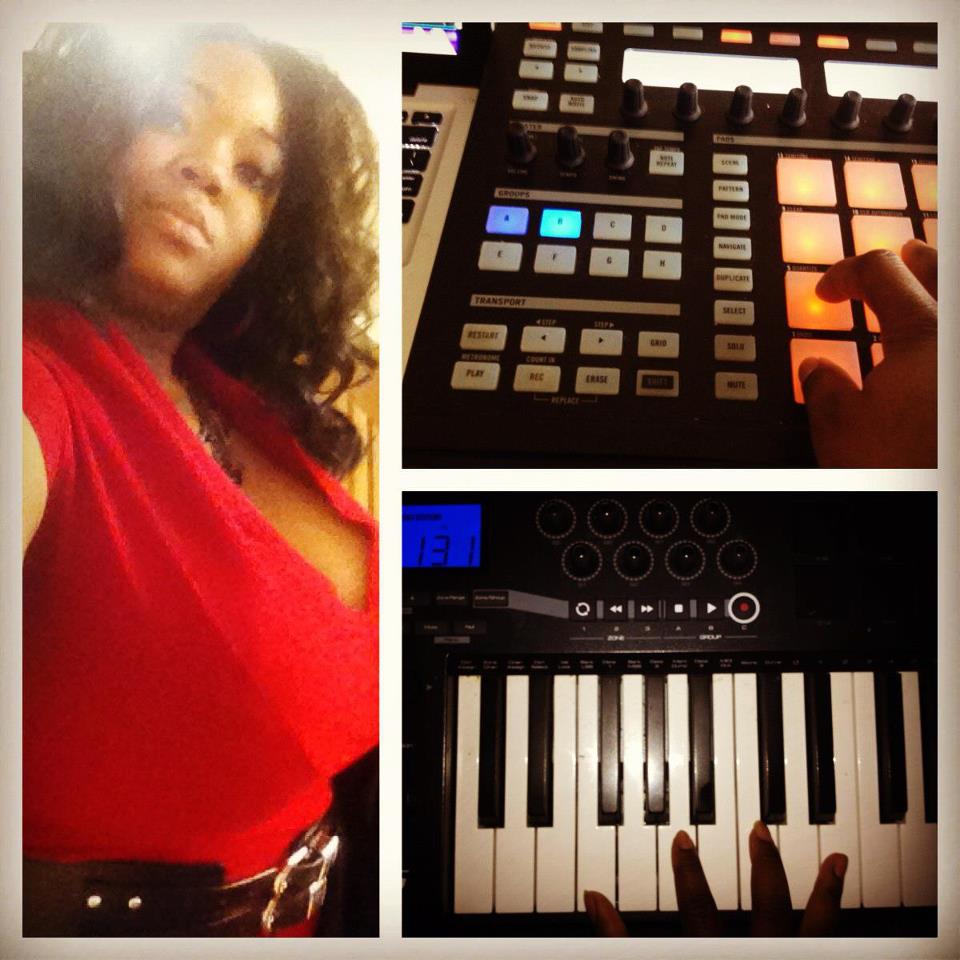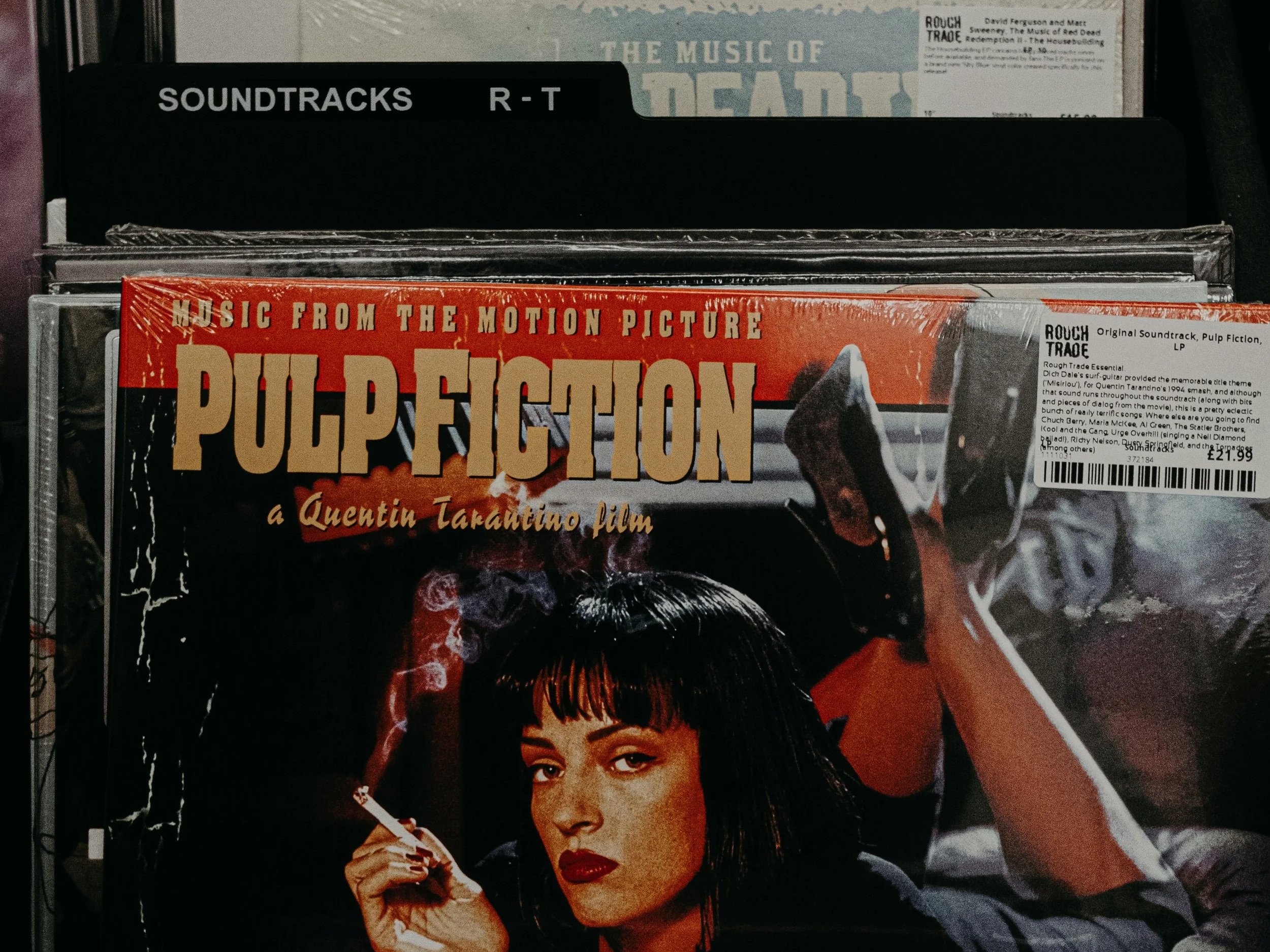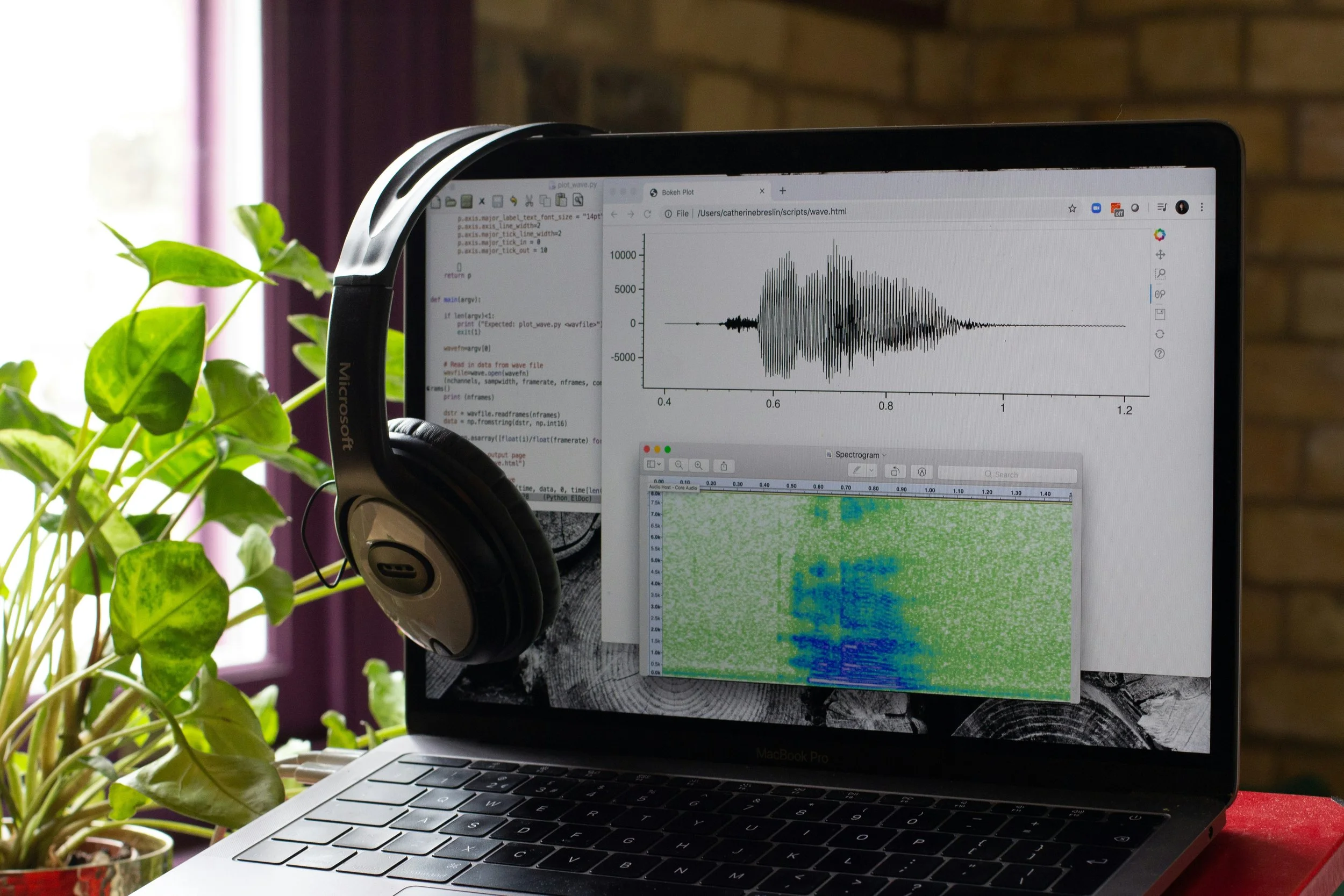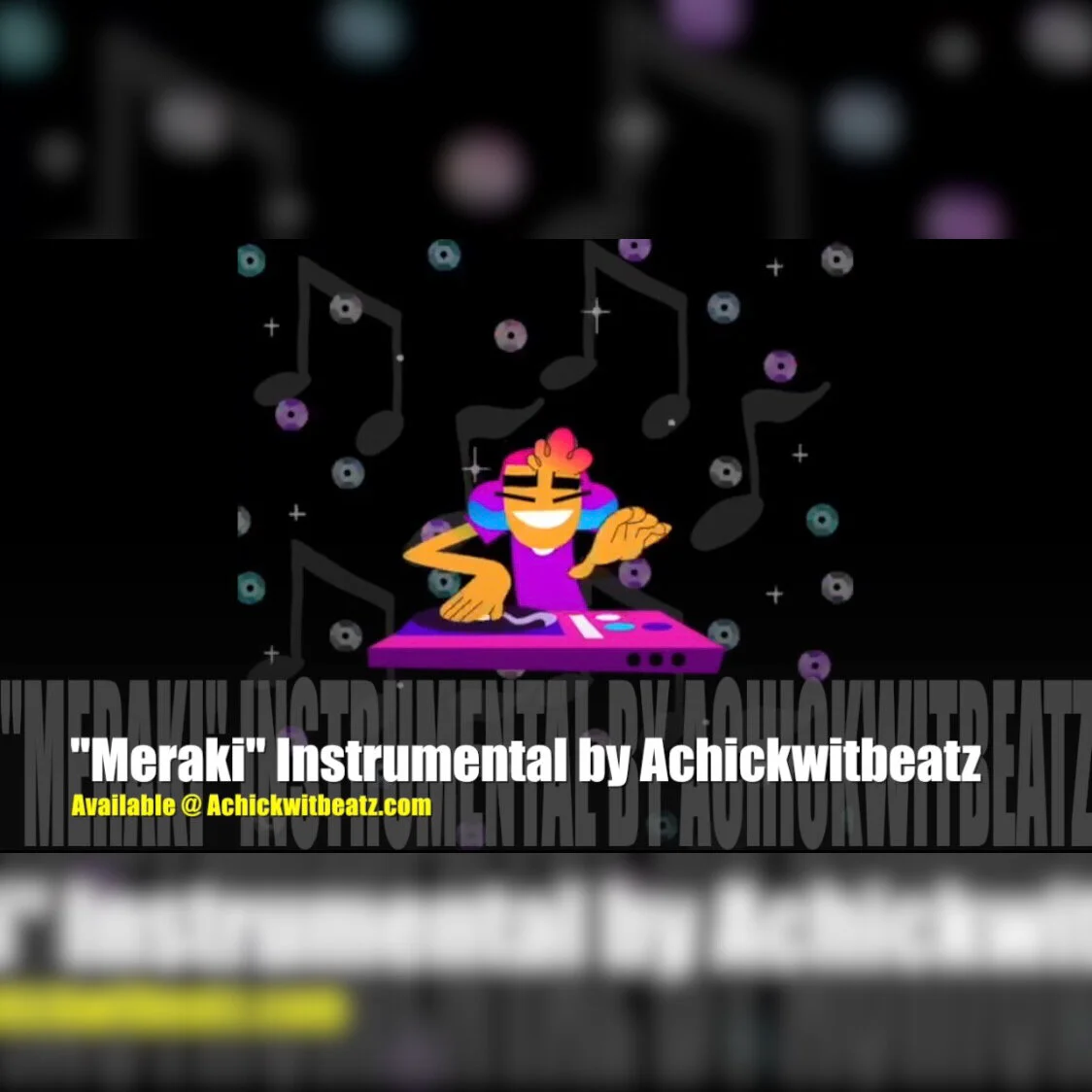Photo by William M. on Unsplash
Social media can be a game-changer for independent artists, but only if used strategically. Posting randomly or only when inspiration strikes can lead to missed opportunities. Your fans and potential new listeners need consistent engagement to stay connected with your journey. That’s where a content calendar comes in.
A well-structured content calendar helps you plan, stay consistent, and ensure your messaging aligns with your music releases and overall brand. Instead of scrambling to figure out what to post, you’ll have a clear strategy that keeps your audience engaged while giving you more time to focus on your craft. A content calendar keeps you organized, helps you maintain a steady presence, and ensures that your messaging aligns with your music releases and marketing goals.
Step 1: Define Your Content Pillars
Photo by Hal Gatewood on Unsplash
Before you start scheduling posts, identify 3-5 core themes (a.k.a. content pillars) that align with your brand and audience. Content pillars are broad topics or themes that serve as the foundation for your social media content strategy. These pillars help ensure that your posts remain consistent, relevant, and aligned with your overall brand. They act as a filter for your content, making it easier to stay focused and avoid posting off-brand material. By defining these key areas, you can create a well-rounded content strategy that speaks to different aspects of your audience’s interests while keeping your messaging cohesive. For example, if you're a musician, your content pillars might include updates on new music, behind-the-scenes content, fan engagement, and industry insights:
Music Releases & Behind-the-Scenes: Share snippets, studio sessions, songwriting insights, and upcoming projects.
Engagement & Community: Polls, Q&As, and fan shoutouts to create real interactions.
Personal Brand & Lifestyle: Show your personality, daily life, or causes you support.
Educational & Value-Driven Content: Tips, industry insights, or your journey in the music business.
Promotional & Monetization Posts: Announcements, merch drops, ticket sales, and streaming reminders.
Having these categories helps ensure variety while keeping your content on-brand.
Step 2: Plan Around Key Dates & Releases
Photo by Lechon Kirb on Unsplash
Map out your major milestones, such as single or album drops, music video premieres, performances, collaborations, or any other events that are significant to your music journey. These key dates should serve as anchors for your content strategy, giving you a clear framework for what to focus on and when. Once you've identified these milestones, work backward to create lead-up content that builds anticipation and excitement.
For example, if you're releasing a new single, you can start by teasing the release weeks in advance with snippets of the song or visuals related to the project. Behind-the-scenes content, like studio footage or photos from the recording process, adds a personal touch and allows your audience to feel connected to the journey. Countdown posts are a great way to remind your followers of the upcoming release, creating a sense of urgency and excitement. Additionally, consider incorporating interactive elements like polls, Q&A sessions, or pre-save links to get fans involved and make them feel part of the release process.
By planning strategically around these key dates, you not only ensure a steady stream of content leading up to each milestone, but you also maximize the potential of each release, generating sustained buzz and momentum for your music career.
Step 3: Choose Your Posting Frequency & Platforms
Consistency is essential for maintaining engagement and visibility, but that doesn’t mean you need to post every single day. In fact, it’s often more effective to focus on posting 3-4 times a week with high-quality, meaningful content rather than overloading your audience with daily posts that may lack impact. By pacing yourself and ensuring each post adds value, you’ll avoid burnout while maintaining a steady presence.
Start by identifying the platforms where your audience is most active and engaged. If you’re targeting more visually driven users, platforms that support short-form content, like TikTok, YouTube, and Instagram may be your best bet. YouTube is also ideal for longer-form content like music videos, live streams, behind-the-scenes documentaries, or even tutorials. Each platform has its own strengths and user expectations, so tailoring your content accordingly is key. For instance, TikTok thrives on short, dynamic videos that are fun and viral, while Instagram posts historically focus more on polished visuals or storytelling through images and carousel posts.
It’s important to remember that not every piece of content needs to be repurposed across all platforms. What works on one platform may not resonate the same way on another. For example, a funny TikTok video might not fit the tone of your Instagram feed, and a detailed YouTube vlog might feel too long for Bluesky, X, or Threads. Instead, create tailored content for each platform that plays to its unique strengths and engages the audience in ways that feel native to the platform. This approach will ensure you're not spreading yourself too thin and that you're optimizing the impact of your posts where they count most.
Step 4: Use Scheduling Tools to Stay on Track
Photo by Elio Santos on Unsplash
Manually posting content every day can quickly become overwhelming, especially when you're juggling the demands of creating and promoting music. That’s where scheduling tools like Later, Buffer, or Meta Business Suite come in. These platforms enable you to plan, organize, and schedule your posts in advance, so you don’t have to worry about remembering to post each day. By setting up your posts ahead of time, you free up valuable time to focus on the creative side of your music career, like writing new songs, recording, or brainstorming ideas for upcoming projects.
For artists working with multiple platforms, scheduling tools can be a game-changer. You can ensure that your posts are consistent across all your social media accounts without needing to manually log into each one. Some tools even let you preview how your posts will look on each platform, allowing you to make adjustments before anything goes live.
If you’re producing short-form video content like Instagram Reels or TikToks, consider batching your content creation in one sitting. This means recording several videos in one go and then scheduling them to post over the course of the week. Batching not only makes the process more efficient, but it also ensures that your content remains consistent and timely without requiring daily attention. This approach is especially helpful when you have tight deadlines or want to maintain a steady flow of content while working on other areas of your music career.
With these tools, you can stay organized, reduce stress, and keep your social media presence active, all while freeing up more time to focus on what matters most: your music.
Step 5: Track What Works and Adjust
Photo by Kelly Sikkema on Unsplash
A content calendar is a living, breathing tool, and its power lies in its flexibility. As you progress, it's crucial to track the performance of your posts to understand what resonates most with your audience. Pay close attention to analytics across your platforms, noting metrics such as engagement rates, reach, and clicks. What type of content is sparking conversations, generating likes, shares, and comments? Are there particular posts or themes that are driving more streams, album sales, or merchandise purchases? By analyzing this data, you can identify trends and better understand what your audience craves from you.
But don’t just focus on the surface-level metrics. Dig deeper into the numbers. For example, if you notice that videos with behind-the-scenes footage consistently perform better than standard promotional posts, consider incorporating more personal content into your calendar. If a specific type of post leads to increased pre-saves or concert ticket sales, make sure to prioritize that content in your upcoming posts.
If something isn’t resonating or engagement starts to drop, don’t be afraid to make adjustments. Social media trends, algorithms, and audience preferences are constantly evolving, so your strategy should be adaptable. Test out new types of content, different posting times, or even alternative formats like polls or interactive stories. Keep an eye on what’s trending and how your audience’s behavior shifts. A well-tuned strategy evolves with the times, and by staying on top of your performance, you can ensure your content stays relevant and effective.
Remember, the goal isn’t to just post for the sake of posting. It’s to create meaningful, impactful content that supports your music career and builds deeper connections with your fans. By regularly reviewing and refining your approach, you can stay ahead of the curve and maximize the effectiveness of your content calendar.
Keep Your Content Strategy Strong
A content calendar allows you to show up intentionally, build relationships with your audience, and ensure that your music gets the visibility it deserves. By strategically mapping out your content, you can turn casual listeners into dedicated supporters. It’s about understanding your audience, knowing when and what to share, and delivering content that speaks directly to your fans while keeping your brand consistent.
Every post is an opportunity to reinforce your identity, showcase your music, and engage with your fans in ways that feel authentic and personal. A strong, well-maintained content strategy lets you be deliberate with your messaging, fostering a loyal following, and creating momentum that keeps your career moving forward.
So, if you haven’t yet created your content calendar for the next month or beyond, now is the time to start. Taking the time to plan ahead will not only save you from scrambling for posts but will also help you craft a consistent, well-rounded narrative that aligns with your music career and resonates with your audience. Whether you’re sharing sneak peeks of new releases, engaging with fans, or showcasing your journey, a solid content strategy ensures you stay present in your fans’ feeds and minds. If you need assistance managing your posts, connect with a digital marketing specialist to help maintain your online presence. Your future self and your music career will thank you for putting in the effort today.
- Art
- Independent Labels
- Internet Radio
- Music Documentaries
- Album Reviews
- Music History
- Music Industry News
- Free Game Friday
- Free Downloads
- Poetry
- Books
- Interviews
- Did You See It?!
- Hip Hop History
- Hear Here
- Music News
- Hip Hop Documentaries
- Music Marvels Radio Show
- Think Piece Thursday
- Mini Documentaries
- Instrumental Intel
- Music Humor
- Indie Analysis
- Conversations & Quotables
- Music
- Resources for Artists
- Podcasts
- Beats/Instrumentals
- Music Education



























![Hear Here: Achickwitbeatz - Dopamine & Serotonin [Single]](https://images.squarespace-cdn.com/content/v1/52b0b90ae4b0293bfed0d692/1710852808557-EZYGFDIBHLBSIRFOVS1Q/Dopamine+%26+Serotonin.JPG)






